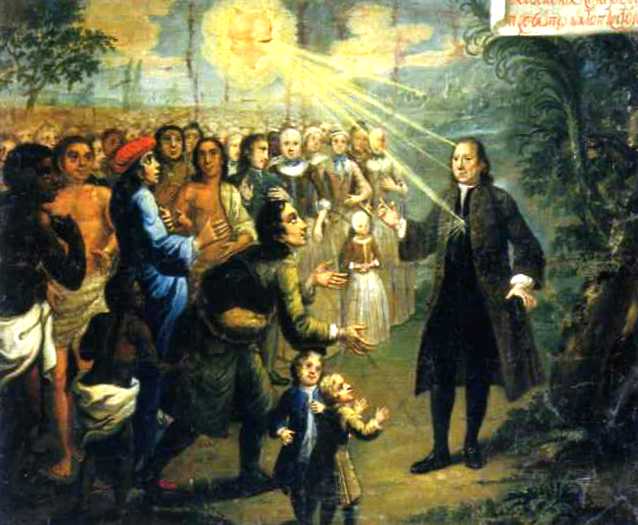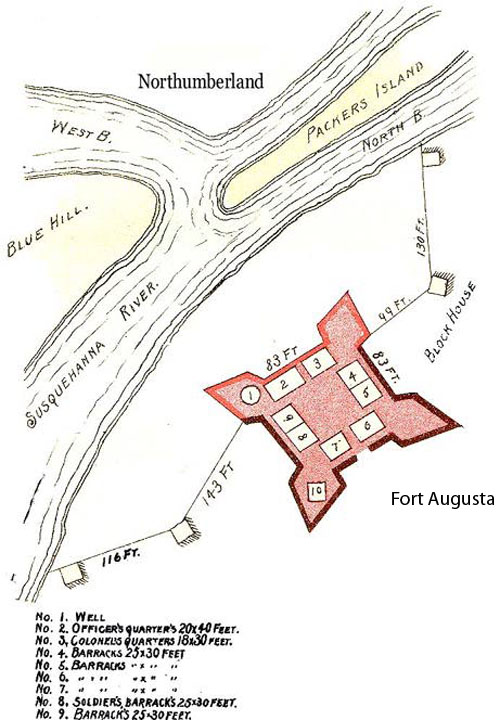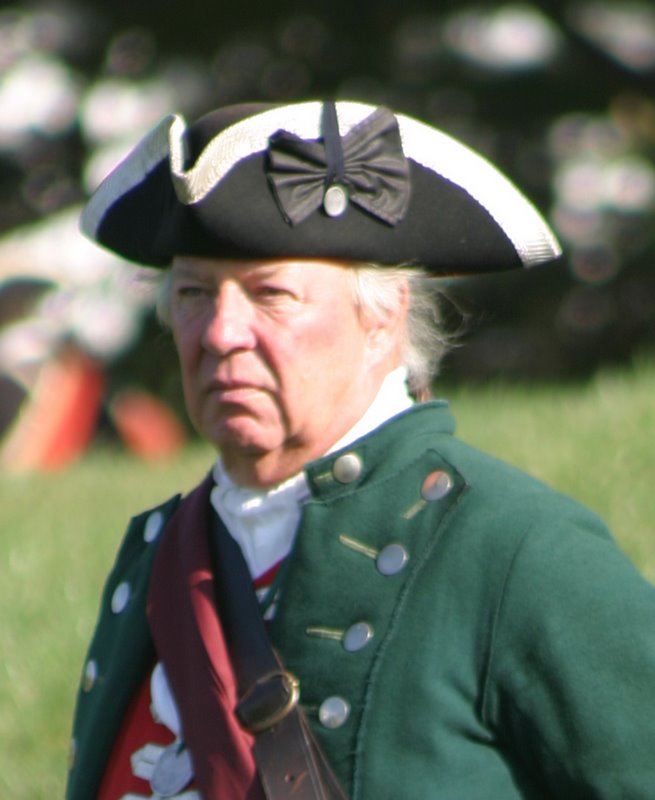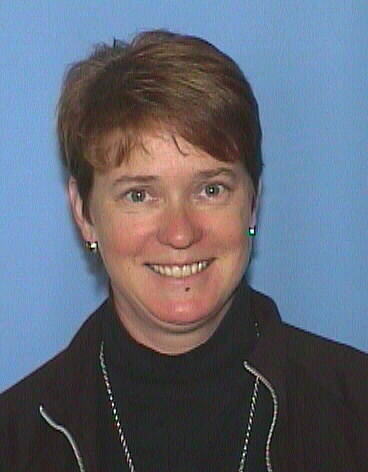A History
/SusquehannaRiver.jpg)

| Main Page |
| Time Line |
| History |
| Indian Trails and Shamokin (7000 BC-1763 AD) |
| Fort Augusta (1756-1792) |
| Founding of Sunbury (1772-1830) |
| Railroad and Canal Era (1830-1912) |
| Contemporary (1912-present) |
| Maps |
| Indian Trails and Shamokin (7000 BC-1763 AD) |
| Fort Augusta (1756-1792) |
| Founding of Sunbury (1772-1830) |
| Railroad and Canal Era (1830-1912) |
| Contemporary (1912-present) |
| Special Topics |
| Related Links |
| Works Cited |
.

| Taken from Jesus is Female: Moravians and Radical Religion in EarlyAmerica by Aaron Spencer Fogleman |
The Moravian faith was first established in 800 AD when, under the direction of John Huss and John Wycliffe, Moravian and Bohemian inhabitants converted to Christianity. While in the beginning their faith remained undisturbed, difficulties grew with time. In 1415, during the Bohemian Reformation, the new Roman Catholic Monarch, King Uladislaus decreed that all Bohemians or Moravians practicing the new type of Christianity be destroyed and later during the Thirty Years’ War the Moravians were almost entirely wiped out. But despite their oppression, this “Hidden Seed” (Wallace, Conrad Weiser, Friend of Colonist and Mohawk , 116) continued to worship secretly for over one hundred years and even withstood a third persecution in 1620 by Emperor Ferdinand.
Many decades later, Count Ludwig Von Zinzendorf, an original Danish leader and Saxon aristocrat, finally offered asylum to Moravian refugees and in response to his hospitality many faithful worshipers relocated to England in 1735. It was at this same time that Zinzendorff established the first Moravian settlement in America. Savannah, Georgia, opened its arms to Moravian worship. However, only six years later, when the Spanish were making plans to invade Georgia, Zinzendorff, fearing the worst, contacted the Six Nations and moved his people to Philadelphia with a goal of “furthering the interests of the Kingdom of God, irrespective of denominational lines” (Hamilton, 22).
In 1741, after spending Christmas in a log cabin on a tract of land in Northampton County that had belonged to the famous itinerant preacher of the Great Revival, George Whitefield, the settlers built the first houses a few miles to the south on the banks of the Lehigh River to form the core of their Pilgrim Congregation in North America. This settlement, named Bethlehem, was to serve as the economic and spiritual base for the evangelization of the Native American peoples of Pennsylvania and New York.
The following year, Count Zinzendorf traveled from Bethlehem three different times. The first time they passed through the region beyond the Blue Mountains to interview with deputies of the six nations at Conrad Wesier’s home in Hedelberg; twenty-three men made a second trip to Shekomeko in Dutchess County New York; and between September 24th and November 9th of 1742 a group traveled through Harris’ Ferry (today, Harrisburg) and up the Susquehanna to the Indian village of Shamokin (present day Sunbury). By the start of 1743 they had converted and baptized sixty-three Shamokin Indians. This third travel party consisted of Zinzendorff; his daughter, Benigna; Conrad Weiser; Anna Nitschmann; John Martin Mack; and two Indians, who called themselves David and Joshua. Mack and his wife were eventually stationed in Shamokin as resident missionaries from September of 1745 through January of 1746. They returned in April of 1747 to erect a smith shop and with the help of their brothers and sisters in faith established the first white settlement in Shamokin. By 1748 they celebrated a total number of 500 Indian converts.
Although the Indian warriors never intended to target the white town of Shamokin, it was attacked on October 15th, 1755, during the Penn’s Creek Massacre. Three men survived: one blacksmith and two missionaries. The missionaries returned to their homes in Nazareth and Bethlehem and the black smith escaped to the Wyoming Valley.
The community at Shamokin was considered a religico-communal system. Not built the way normal permanent settlements are, it was developed as quickly as possible so as to create the resources needed to support evangelism. Due to the fact that it was a community of labor and not property, all business, manufactures, and real estate belonged to the church, while all branches of industry were supervised by committees. Participants were invited to join the brethren for an indefinite period of time, provided they offer work and labor for the common good of the community. As long as they followed the economy regulations the people, who were divided by age, gender, and marriage status, received food, shelter, and spiritual guidance. They were free to leave whenever they wished and many did. Absolutely no liberties were surrendered, no written contracts made, and no time periods established in which citizens were obligated to stay. No private property existed and immigrants were not charged, nor required to pay back for any of the services they received. The only difference between the Moravian Community and that of other communities was that spiritual guidance was provided for and that leaders held the authority to expel any persons who failed to serve the community.
The community as a whole was very economically successful, serving both travelers and neighboring settlers as much as themselves. Nothing earthly was counted as important and they were ready to undertake anything to further the kingdom of Christ. Fugitive settlers of all faiths and nationalities often streamed the Moravian town in an effort to find refuge from Indian warfare.
Proof of the impact that the society had on the Indians comes from the words of an Indian chief who stated that “If the Great God were not the God of the Brethren, we should have made an end of the whites”(Hamilton, 30).
The Bucknell Environmental Center▪ 835 Fraternity Road ▪ Bucknell University ▪ Lewisburg ▪ PA 17837▪ (570) 577-1490



